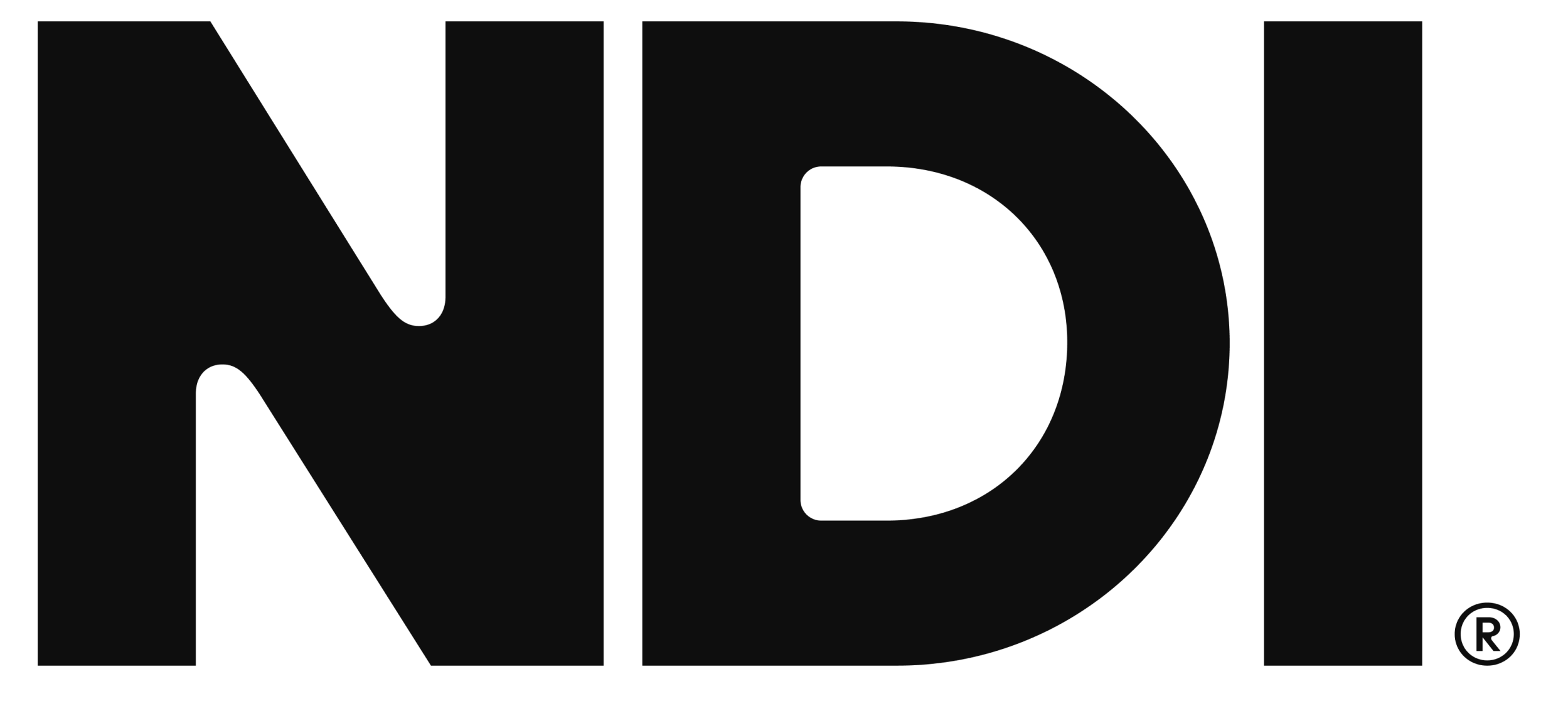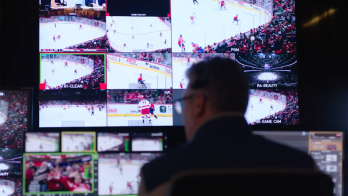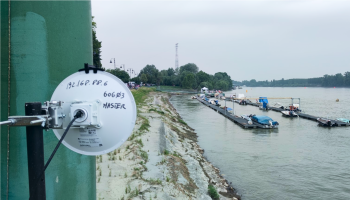The athletics program at Harvard University relied upon a traditional baseband infrastructure for its video requirements for many years. But more recently, the Multimedia & Production department has been overseeing a gradual migration to IP via the use of NDI video connectivity technology to benefit from greater flexibility and easier control at-distance.
Discover complex on-campus productions. Video courtesy of BirdDog.
Challenge
With the largest athletics program in the US National Collegiate Athletic Association, Harvard University has a significant video requirement that includes the production and transmission of nearly all home games – amounting to about 300 broadcasts per year. Historically, the Multimedia & Production team depended upon baseband video along with fiber optic and copper cable between facilities for camera and audio feeds, but in recent years there has been a gradual shift towards the use of IP-based technologies.
We’ve really started relying more on IP technology, such as Dante for audio and NDI for video. Our goal is to rely on NDI more and more, and the best way to do that is just using cameras with built-in NDI.
In the past, the department had its usual SDI cameras connected to NDI converters and run into the various control rooms. For 2023, the team opted to go one stage further and utilise cameras from BirdDog with built-in NDI capabilities.
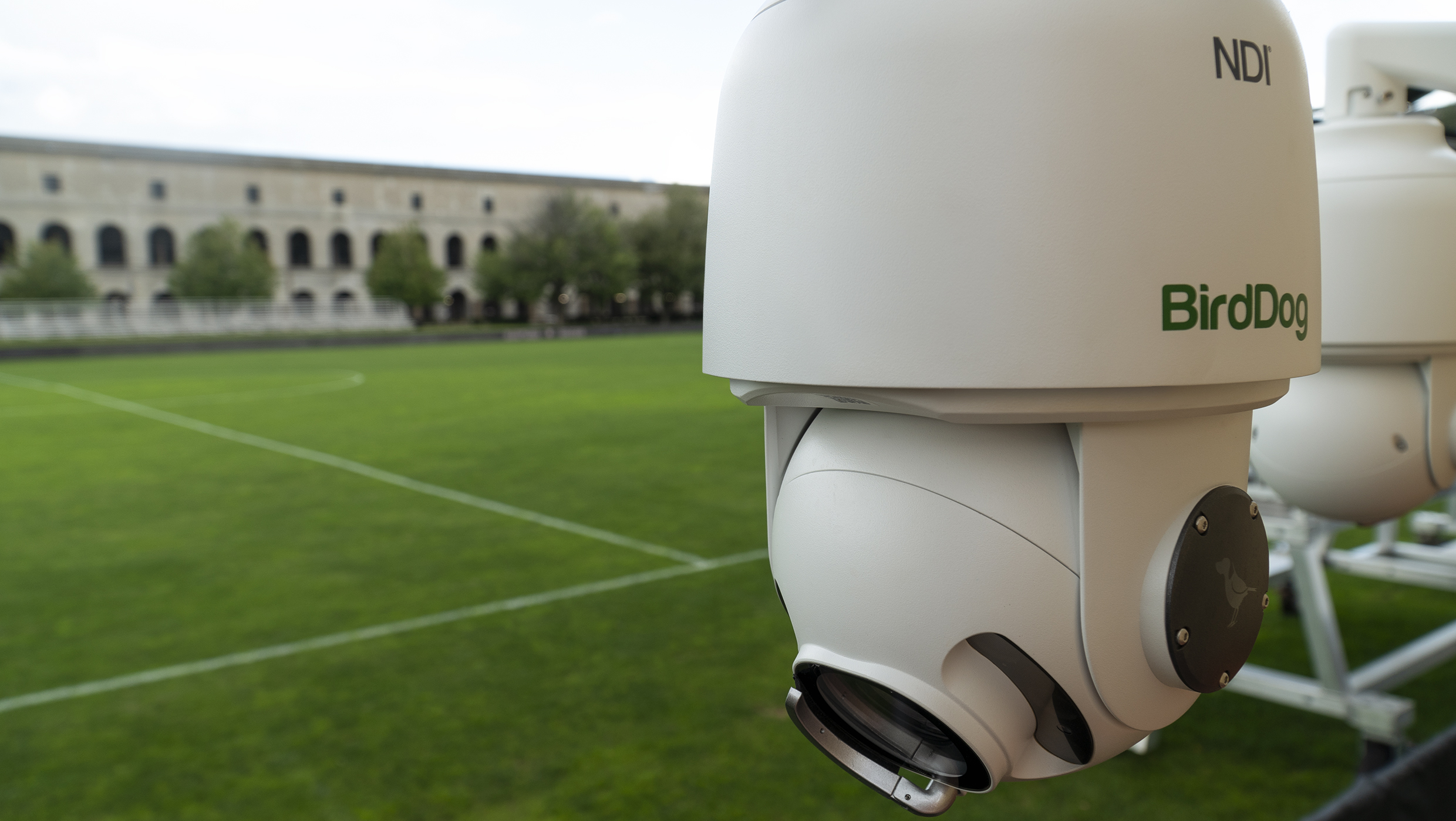
Solution
For the latest stage of its IP journey, Harvard University athletics department has invested in several A200 and one P200 NDI PTZ cameras from BirdDog, supporting NDI High Bandwitdh. Here’s an overview of the workflow:
– BirdDog A200 (weatherproof) units were permanently mounted outside courts and fields, offering full PTZ control and streaming directly over Ethernet to the control room.
– The P200 camera added versatility for indoor coverage and flexible angles.
– All feeds went straight into the switcher and replay system—controlled remotely from central locations.
– Commentators were liberated from fixed positions; they could be anywhere on campus and still tap into live feeds
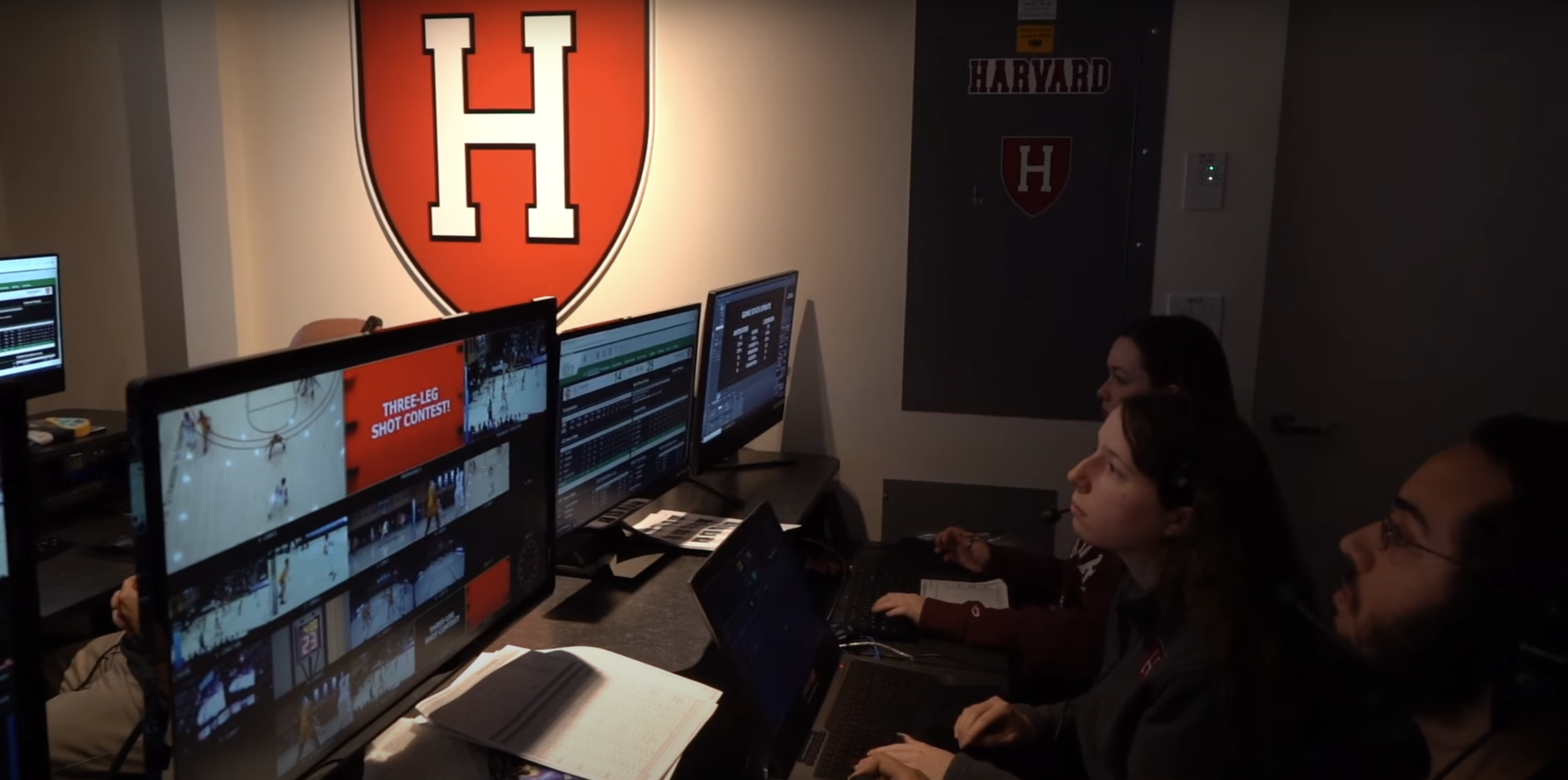
We can sit at our control room and remotely control these cameras, get the feeds into our switcher and into our replay system while placing our commentators wherever they need to be on campus.
Outcome
By bypassing SDI converters and embracing native NDI PTZ cameras, the Harvard Athletics team optimized production pipelines, unlocked remote operations, and fortified their capacity for live, high-volume broadcasting.
In doing so, the team has replaced decades of legacy infrastructure with a future-focused, scalable, and cost-efficient IP architecture. The result? More agility, fewer cables, lower support burden, and production capabilities that span the entire campus.
– 300 broadcast-ready games per year, now delivered via simplified IP infrastructure.
– Zero converter boxes between camera and network, reducing hardware failures.
– Fully remote-operated cameras, enhancing flexibility and staff efficiency.
– Built for real-world use: A200 units survive weather, streamlining outdoor sports like soccer, field hockey, and rowing

